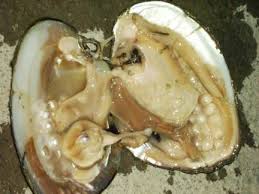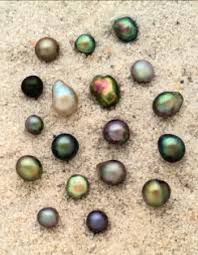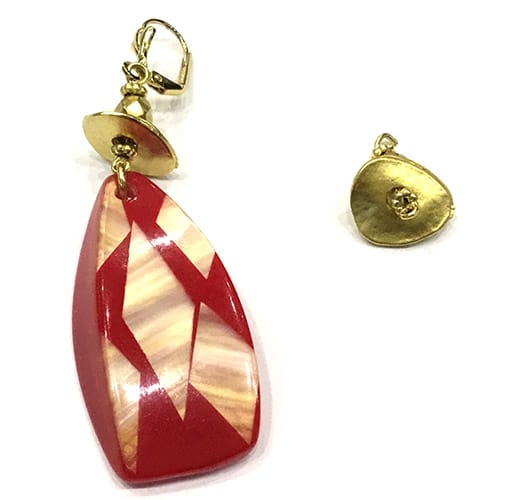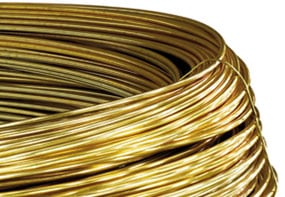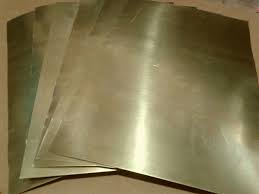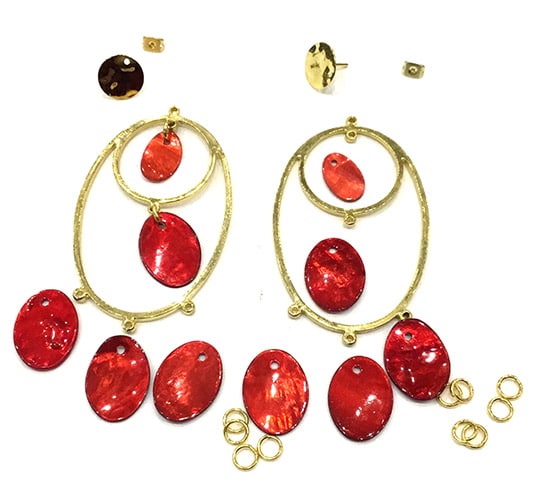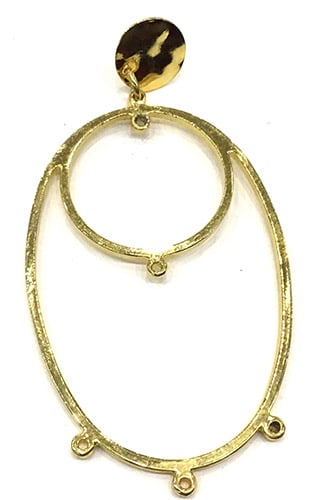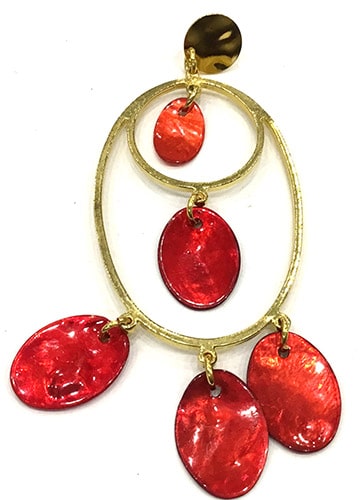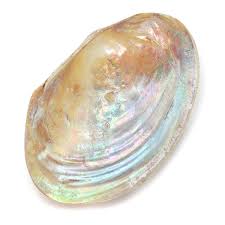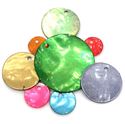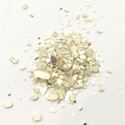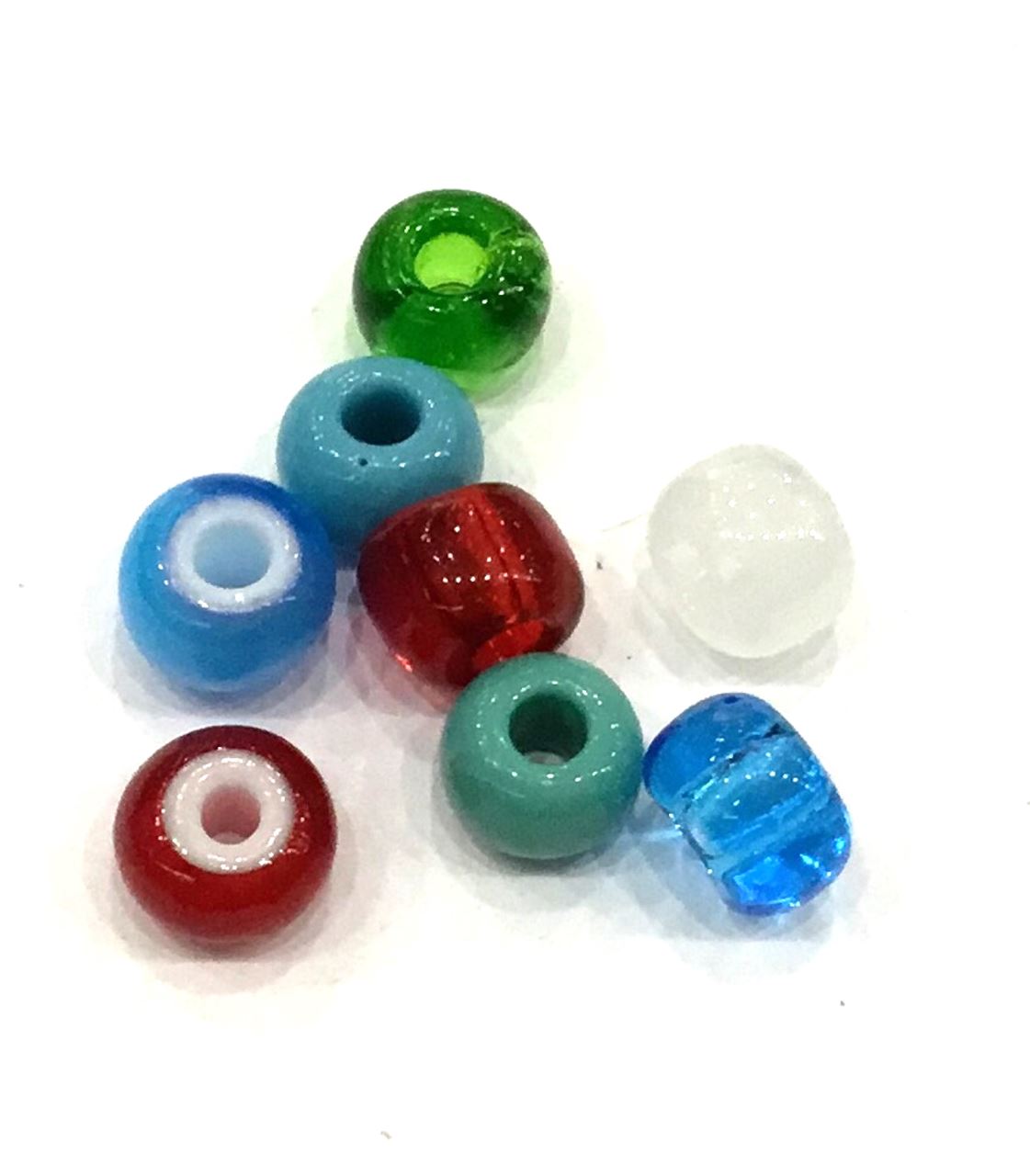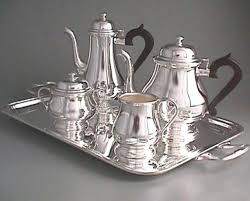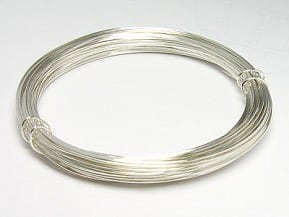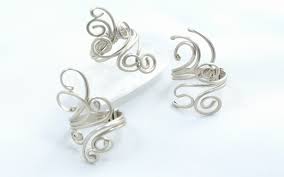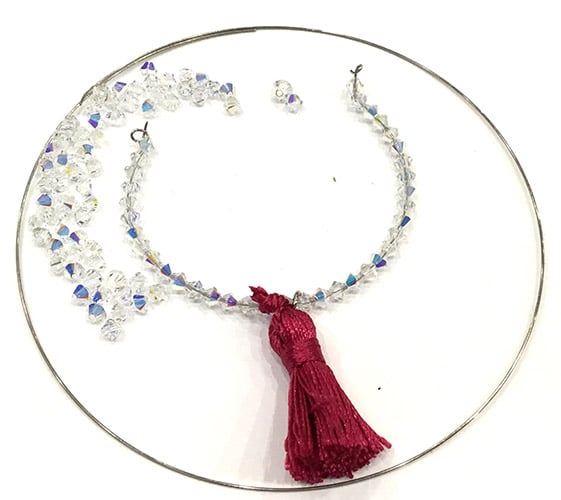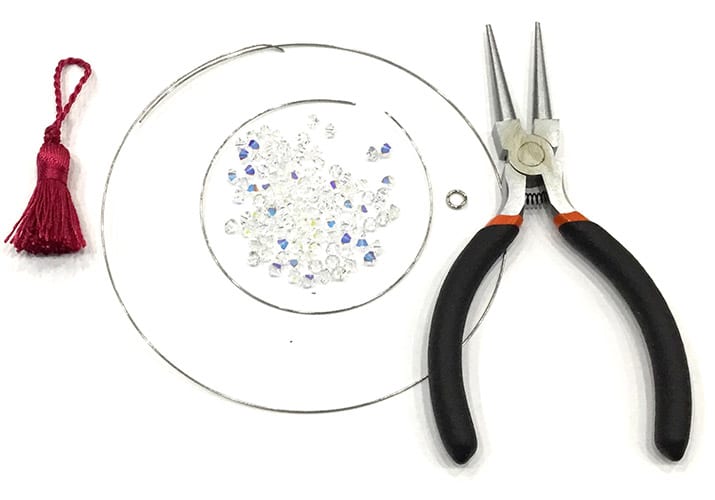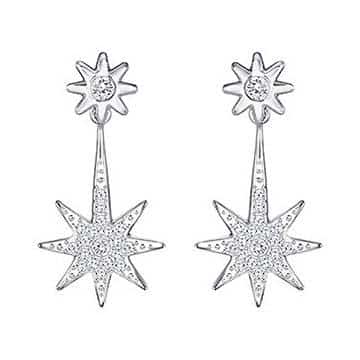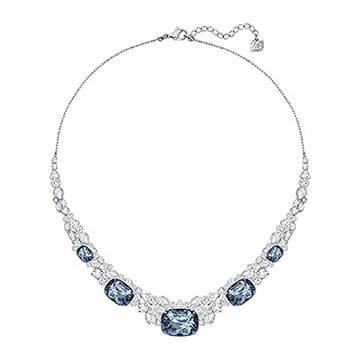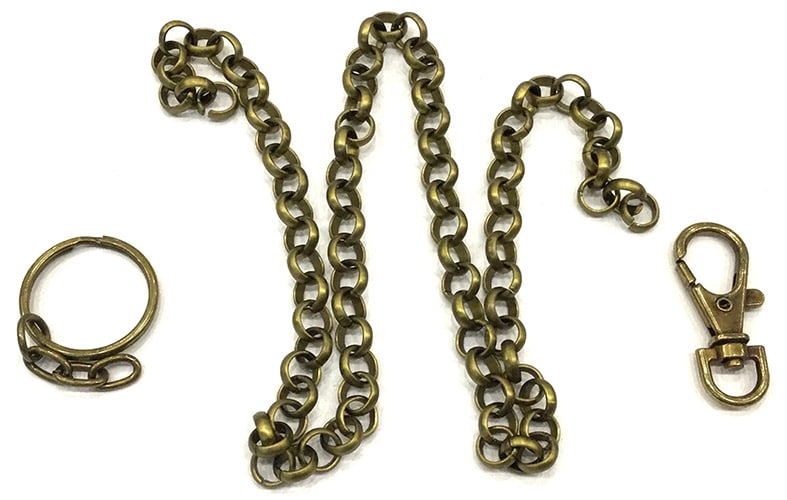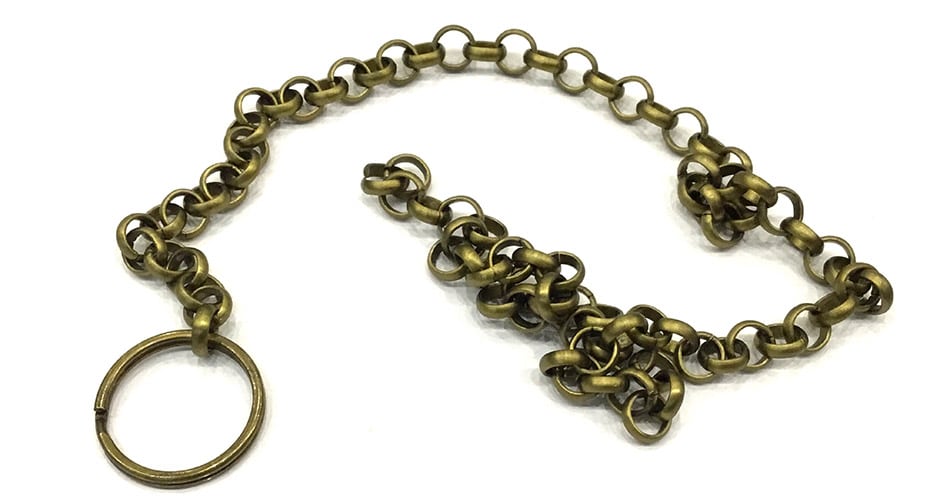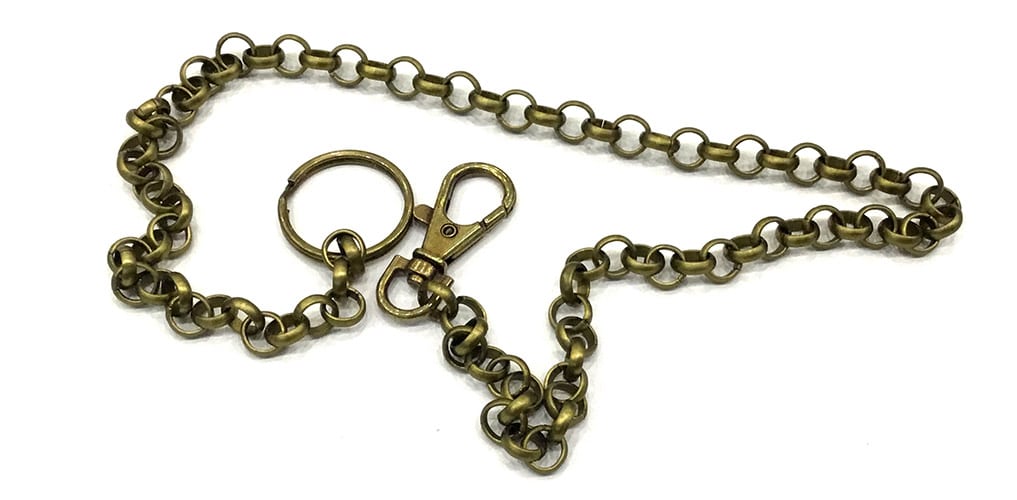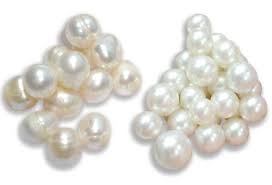
Here>>
In this post, we want to give you the keys to differentiate between authentic and imitation pearls and not to be given “a free ride”, because between them, besides the physical differences, there is an economic difference more than evident.
We will begin by knowing that a natural pearl is created inside a mollusk (mainly bivalves), when any strange particle slips into the soft interior of the animal and this covers it with mother-of-pearl giving rise to spheres of different sizes, colors and shapes. As we explained in the post dedicated to mother-of-pearl a few days ago.
The authentic pearls can be natural or cultivated. These last ones suppose more than 90% of the total of authentic pearls of the market, since the difference between both is the action or not of the man in its creation.
Natural pearls are conceived in an accidental way as a consequence of the chance of nature, whereas cultivated pearls are also born inside a mollusc following the same process but, in this case, the development is carried out in pearl farms where the human being intentionally places the organic or synthetic nucleus inside the bivalve. Process initiated by the Japanese at the end of s. The process was initiated by the Japanese at the end of the 19th century, making the collection of natural pearls almost disappear.
Having said this, we will now list the different tests we will carry out on each pearl to see if they are authentic.
1.- The surface of real pearls is not smooth. If we rub them together or against our teeth we will notice friction, that is to say, they will not slide easily, besides noticing a sandy and imperfect touch that will leave a certain whitish powder because of having rubbed them.
2.- Real pearls are not perfect spheres, totally round; therefore if you roll them their trajectory will not be linear but unbalanced.
3.-The hole of natural or cultivated pearls is usually sharper while those of imitation have it more rounded.
5.- Real pearls are heavier compared to their size. Imitation pearls are much lighter, even more so if they are plastic and the weight will be directly proportional to their size.
6.- Finally, we advised like unequivocal test of authenticity, to examine the pearls with a magnifying glass or a microscope would be the perfect thing because there yes that we can verify the own imperfections of the authentic pearls.
And that was all. We hope, as always, that you found it interesting.
See you soon…

